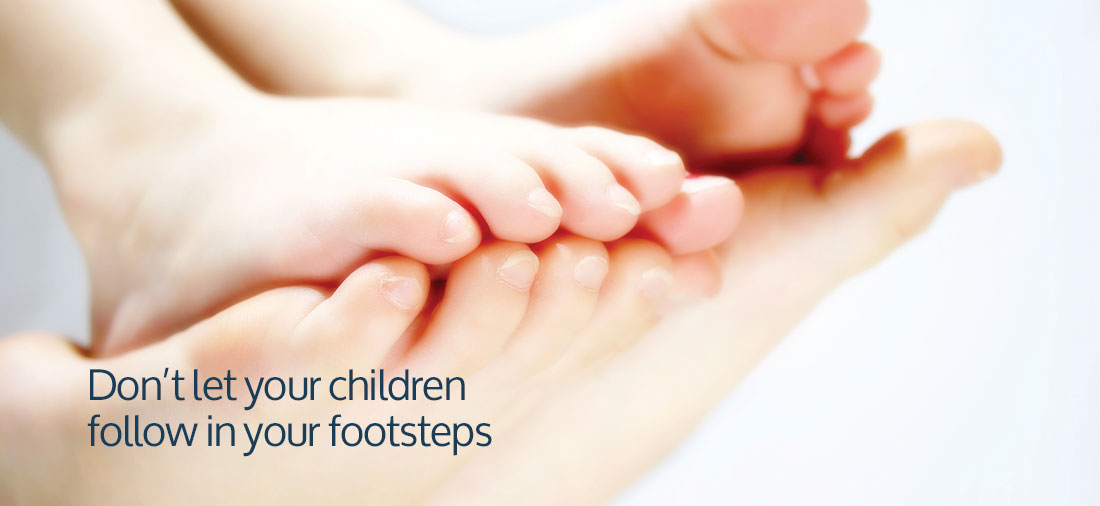Common Lower Leg Injuries in Soccer
With the soccer world cup now in full swing, we thought it would be timely to share with you some information about common foot and lower leg injuries seen in soccer players.
Who gets Injured in Soccer….and Where?
A recent study published in the Journal of Sport Sciences looked at players from 11-18 years of age at six professional English soccer academies. Not surprisingly, strains and sprains were the most common injury type, with the knee and ankle the most frequently injured areas. Interestingly, this study also looked at seasonal variability in relation to injury and found that there were two peaks in injury incidence, occurring in September and January, i.e. early spring, when the grounds are quite hard, and midwinter, when the ground may be very soft. This fits with injury data from Australian Rules Football which shows similar spikes during the summer training months and mid-winter. Injury risk increases from the U12s onwards, growth-related injuries peak in the U13s, the U14s and U15s are at a greater risk of severe injuries. U18s are more likely to sustain multiple injuries. These players are considered an important focus group for training load monitoring and injury prevention strategies targeting potential neuro-muscular deficits.
How can we prevent injuries?
Another recent study to come out of the Journal of Sports Sciences found reduced lower limb strength, proprioception (balance), foundational movement skill, hamstring strength and reduced muscle balance ratios were considered the most important injury risk factors in soccer.
Does Screening work?
Screening (or testing) of athletes has long been used by sports medicine practitioners to determine the risk for injury. The most common tests in soccer include joint range of motion (ROM) examination, hop and jump tests, overhead and single leg squats and the functional movement screen (testing for muscle imbalances and asymmetry). While these tests are extremely valuable, no current research has examined the sensitivity of these measures in their ability to identify players who are at a greater risk of injury.
How can we help?
The NQ Foot and Ankle Centre manage a host of lower leg injuries related to soccer every year. This is particularly relevant in younger populations (9-13yrs old) who suffer from common injuries to the growth plates in the heels (Severs). While this condition will not generally cause any long term damage to growing feet, it can be particularly painful and take the fun and enjoyment out of playing sport!
Contact us for advice and treatment of any lower leg or foot concerns.








